The composition of "Vanitas" is meticulously arranged, with each element purposefully placed to convey a deeper narrative. Central to the composition is an array of objects that symbolize the passage of time and the ephemerality of human existence. These might include items such as a skull, a candle, a clock, or a decaying flower, though the specific objects in Jansens' version may vary. What ties them together is their symbolic weight—each object contributing to the overarching theme of life’s fleeting nature.
In the tradition of Vanitas paintings, these objects are not just randomly chosen but are carefully selected to remind the viewer of the impermanence of worldly pleasures and the certainty of death. The arrangement is likely simple yet powerful, with objects set against a dark background that heightens the sense of mystery and introspection.
Jansens employs a restrained color palette, dominated by muted earth tones and deep shadows. This use of color not only enhances the somber mood of the piece but also reflects the theme of decay and impermanence. The watercolor medium, with its ability to blend and create soft transitions, is expertly used to depict the delicate textures and subtle variations in light and shadow. Jansens’ experience with hyperrealism in oil painting translates into her aquarelle work, where she captures the finest details with precision, even within the softer and more ethereal medium of watercolor.
The contrast between light and shadow in "Vanitas" is particularly striking, a technique that Jansens uses to draw attention to specific elements within the composition, emphasizing their symbolic significance. The subtle gradation of colors and the careful handling of light create a sense of depth and realism, making the objects appear almost tangible, yet still shrouded in a sense of mystery.
"Vanitas" by Jansens is deeply rooted in the theme of mortality, a central concept in the Vanitas tradition. The objects depicted serve as reminders of life’s temporary nature and the futility of material wealth and achievements in the face of death. This theme is consistent with Jansens’ broader artistic exploration of memory and the passage of time, as seen in her other works like "Waterman."
By choosing to work in aquarelle, Jansens adds an additional layer of meaning to the piece. The watercolor medium, known for its fluidity and unpredictability, mirrors the theme of impermanence—just as watercolors can shift and change with the slightest touch, so too can life’s circumstances. This choice of medium, combined with the Vanitas theme, makes the work not only a visual representation of mortality but also a reflection on the transient nature of art itself.
Catherine Jansens' "Vanitas" is a masterful aquarelle that merges technical skill with profound thematic depth. Through her expert use of composition, color, and light, Jansens invites the viewer to contemplate the fleeting nature of life and the inevitability of death. The work is a continuation of her exploration into memory and time, using "found objects" and everyday items to create a narrative that resonates on both a personal and universal level. Jansens' "Vanitas" is a poignant reminder of the delicate balance between life and death, captured with the precision and emotional resonance that defines her artistic legacy.
Biography
Catherine Jansens, born in 1949 in Marcq-en-Barœul, France, is a painter whose journey through the artistic landscape reflects both personal and technical evolution. Initially trained in graphic arts and fine arts at the École des Beaux-Arts in Lille, she began her career as a hyperrealist painter, working with oil on canvas. Her early works were characterized by meticulous detail, capturing the essence of reality with an almost photographic precision. However, an allergy to oil paints forced her to abandon this medium, leading to a significant shift in her artistic approach.
Undeterred by this challenge, Jansens transitioned to the aquarelle (watercolor) technique, bringing with her the precision and realism that had defined her oil paintings. This new medium allowed her to continue exploring the delicate interplay of light and shadow, now rendered with the soft, translucent quality that watercolors afford. Jansens also adopted the use of the camera obscura, an optical device that has been used by artists for centuries to project an image onto a surface, which she then meticulously traces or references. This technique enables her to maintain the ultra-realistic detail that has become a hallmark of her work.
Jansens' art is deeply personal, often centered around "found objects" that she rediscovered in the attic of her parental home following her mother’s death. These objects, remembered from her youth, serve as poignant reminders of the passage of time and the act of remembering. Through her still lifes, Jansens transforms these everyday items into vessels of memory, laden with emotional significance. Her compositions, whether depicting a model airplane resting on a navigation map or a globe placed beside a historical chart, invite viewers to contemplate the transient nature of life and the enduring power of memory.
Her artistic output has been widely recognized in exhibitions across France, Belgium, and Switzerland. Notable solo exhibitions include those at Galerie Varnier in Paris, Galerie Michel Voakaer in Brussels, and Gallery Sergiane Cauwel in Lille. Her work is held in prestigious public collections such as the FRAC de Picardie, the Conseil Général du Nord, and the Palais des Beaux-Arts in Lille, cementing her legacy as a significant figure in contemporary art.
Currently residing in the Eastern Pyrenees, Jansens continues to draw inspiration from the natural beauty of her surroundings, while her work remains rooted in the themes of memory, time, and the emotional resonance of the objects she paints. Her ability to convey these themes with technical brilliance and emotional depth ensures that her art resonates with a wide audience, making her a lasting and influential presence in the art world.



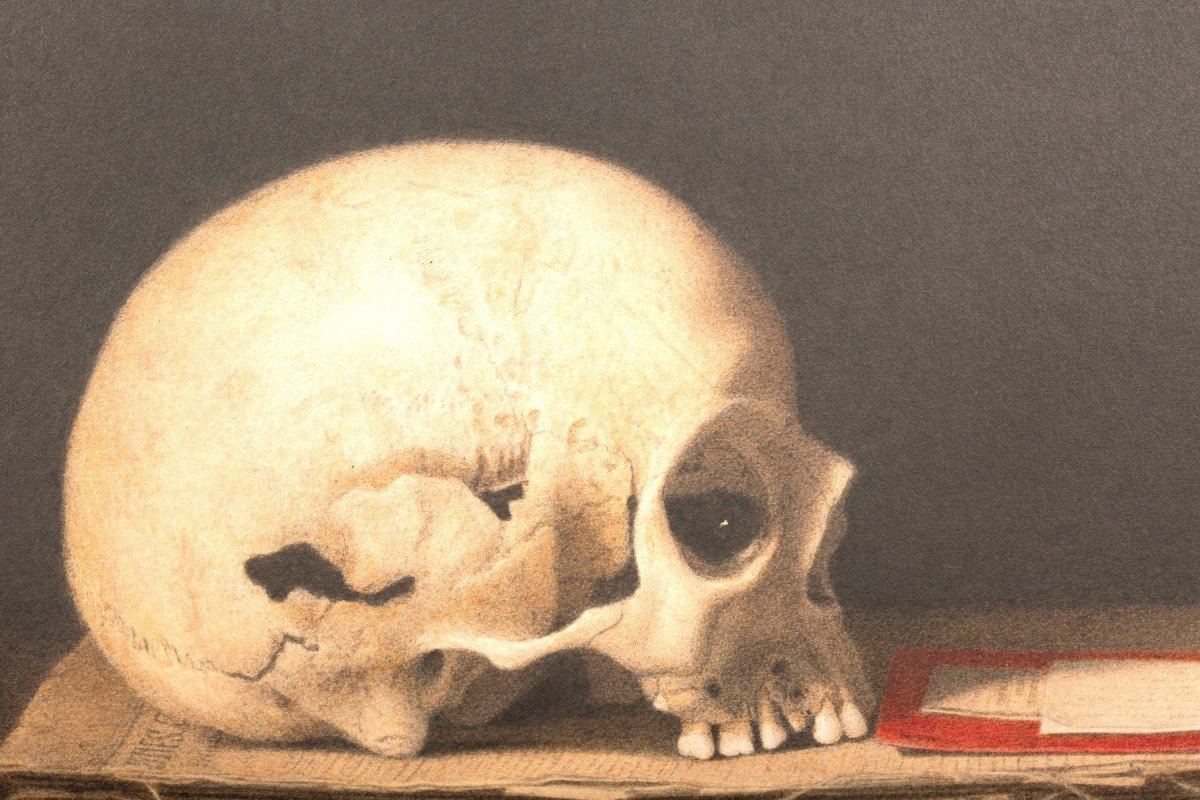
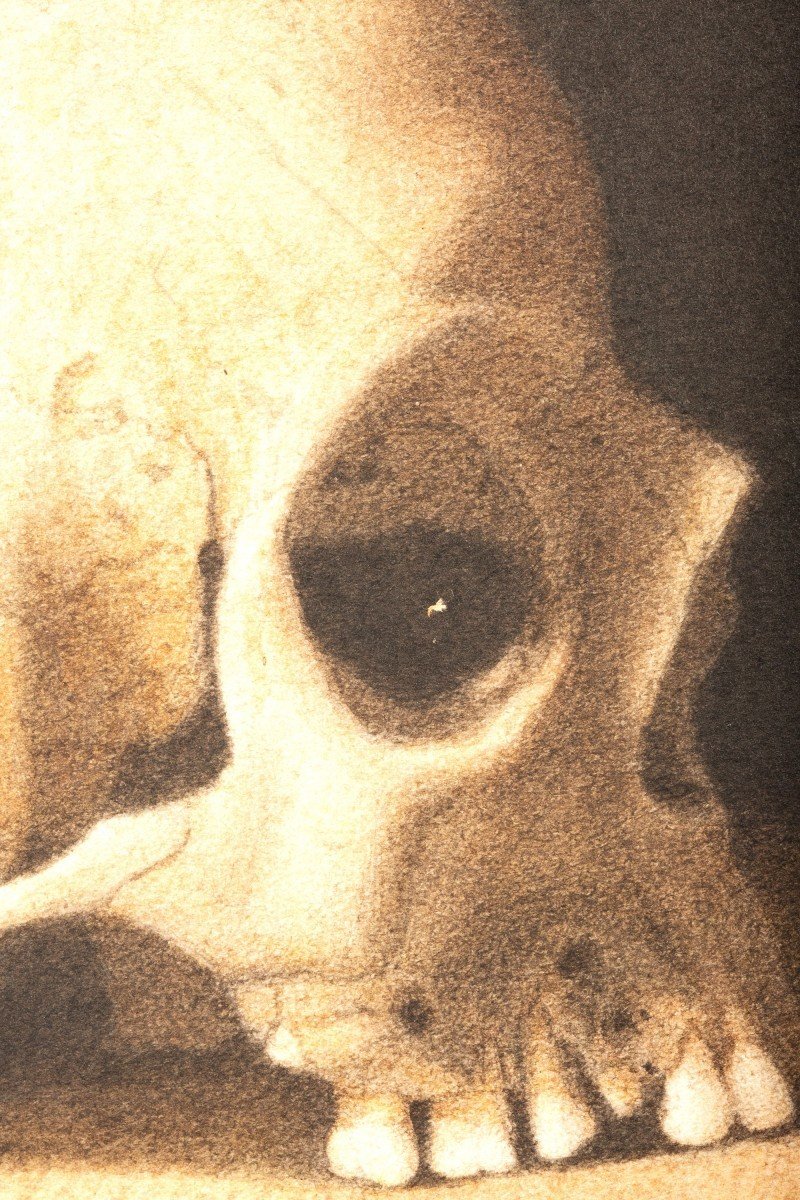


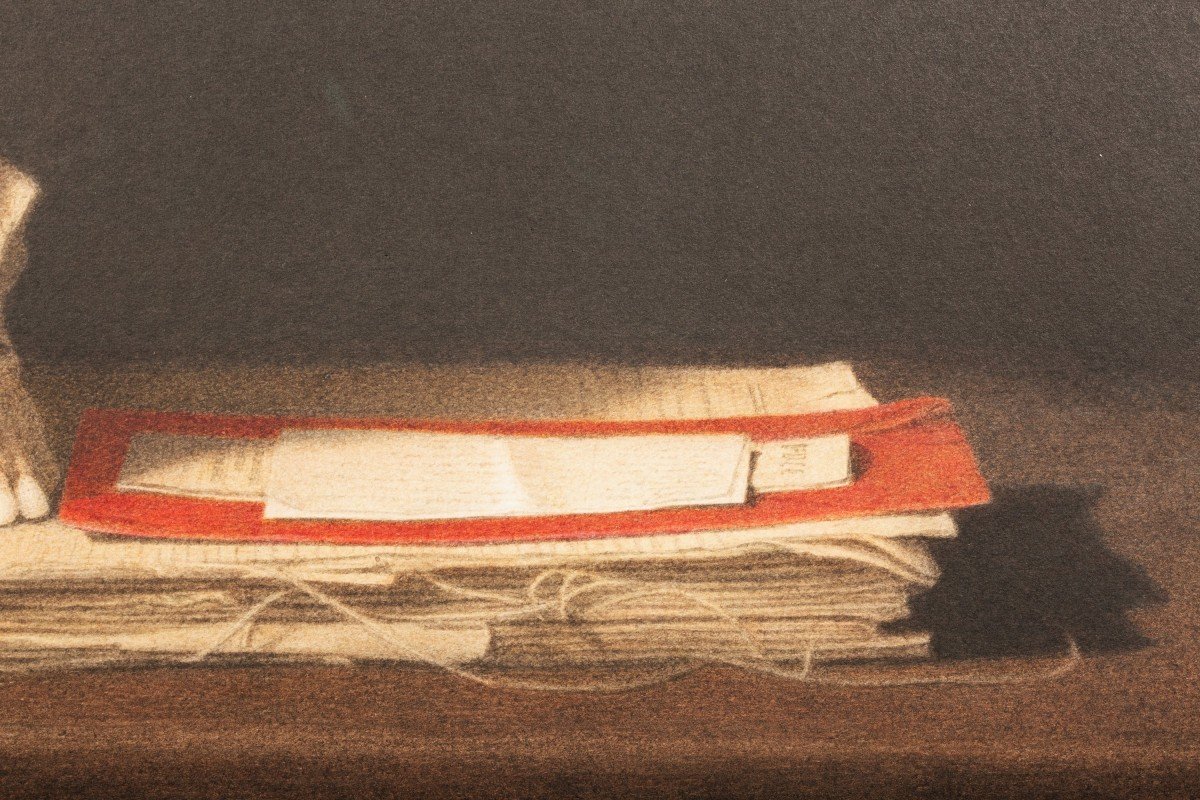









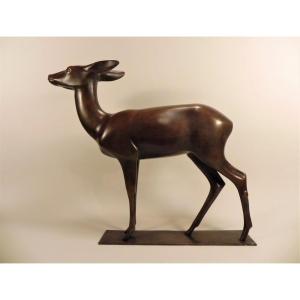


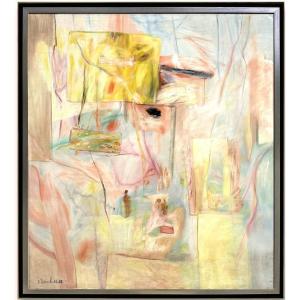

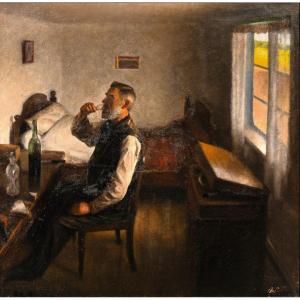
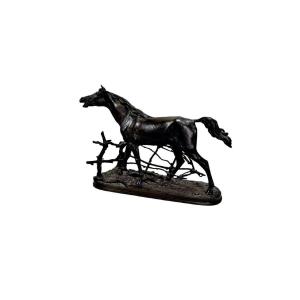
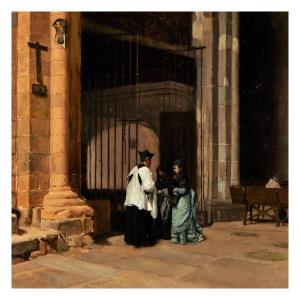
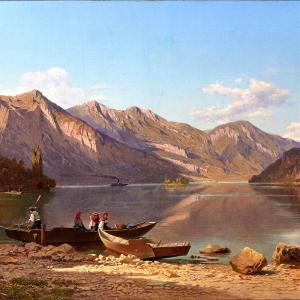


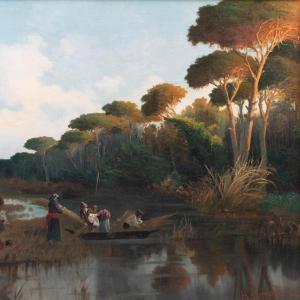




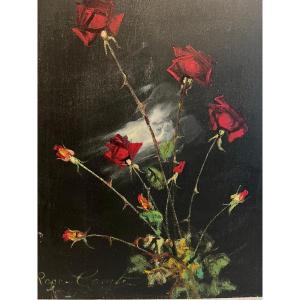






 Le Magazine de PROANTIC
Le Magazine de PROANTIC TRÉSORS Magazine
TRÉSORS Magazine Rivista Artiquariato
Rivista Artiquariato